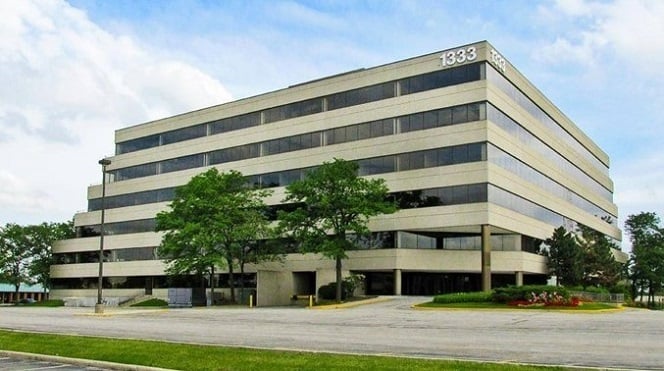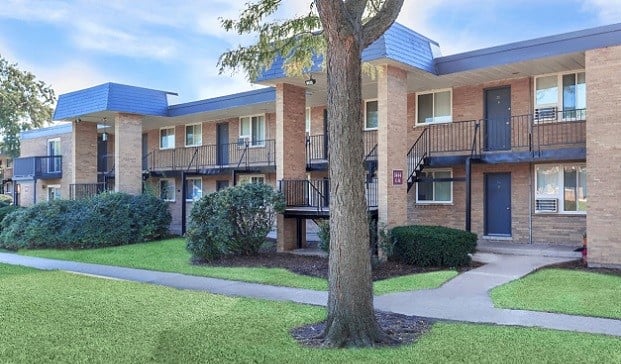
LOS ANGELES—The retailer categories occupying the most space in US shopping malls? Department stores and apparel, accessory and shoe stores, which combined take up about 78% of the gross leasable area at most centers. The retailer categories that have generally lagged in sales growth at these malls over the past five years? The same.
With that in mind, a new model of merchandise mix may be necessary, says Melina Cordero, Americas head of retail research at CBRE. ““The American mall itself isn't anywhere close to dead; It's the old mall model that is dying,” she says.
Due in part to the structure and length of retail leases, “Converting malls' tenant bases to include more of the categories that in-person shoppers now favor won't be an easy or quick fix,” Cordero says. “But it is a necessary evolution for the mall industry to maintain its place as a cornerstone of American retail.”
Categories which occupy considerably smaller shares of mall's GLA are posting considerably faster year-over-year sales growth. Among them are restaurants at just 4.6% of GLA, sporting goods at 3.1%, home furnishings at 1.6% and health and personal care stores at 1.2%.
In super-regional malls, the tenant mix is more diverse than it is in these malls' smaller, more regional counterparts. The super-regional centers have generated stronger growth in NOI since 2012 than their regional peers, according to CBRE data in a new report on the current state of malls.
“Going forward, we'll see mall owners invest capital into placemaking and creating experiences for shoppers, which can include introducing more trendy, startup retailers in their malls,” says Todd Caruso, senior managing director leading CBRE's Retail Investor business. “Studying the data underpinning a mall's trade area, including consumer preferences, will help owners determine whether their strategies should include re-tenanting, redevelopment or demolition.”
A similar theme of change is sounded by Fung Global Retail & Technology in a new report calling for transformation at America's shopping malls. Managing director Deborah Weinswig says the conventional mall no longer reflects the way consumers live and shop, since they now shop multiple channels and look to social media influencers, mobile devices and computers to help in their purchase decision-making.
“Today, we go to the mall for more than just shopping; we go for dining, entertainment, fitness, health, information, classes, services and more. As consumer habits shift, our expectations about the mall's purpose are changing,” Weinswig writes. “We expect retail to continue to be a big part of the shopping mall, but experiences and technology will grow to play a more prominent, if not leading, role at some mall properties.”
Want to continue reading?
Become a Free ALM Digital Reader.
Once you are an ALM Digital Member, you’ll receive:
- Breaking commercial real estate news and analysis, on-site and via our newsletters and custom alerts
- Educational webcasts, white papers, and ebooks from industry thought leaders
- Critical coverage of the property casualty insurance and financial advisory markets on our other ALM sites, PropertyCasualty360 and ThinkAdvisor
Already have an account? Sign In Now
*May exclude premium content© 2025 ALM Global, LLC, All Rights Reserved. Request academic re-use from www.copyright.com. All other uses, submit a request to [email protected]. For more information visit Asset & Logo Licensing.








